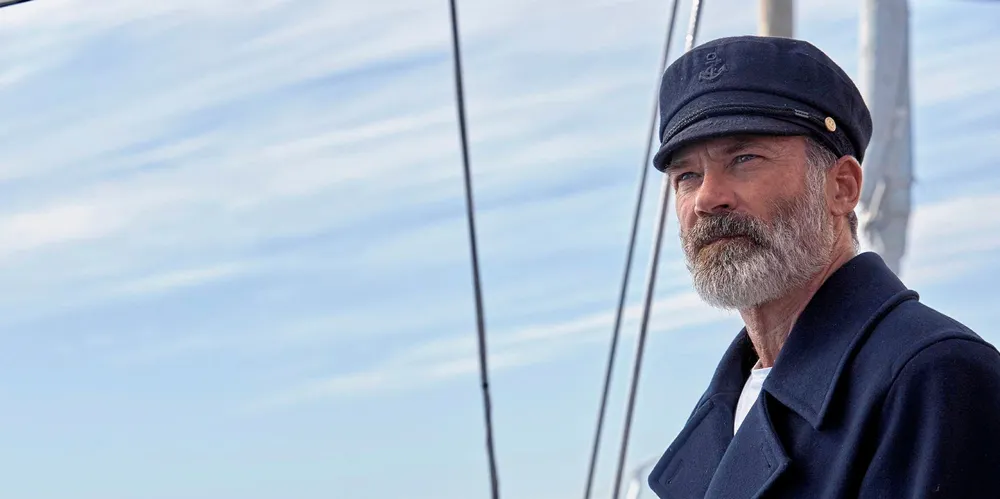Is frozen fish better for the environment than fresh? It's complicated, Birds Eye parent warns
A study from Europe's largest frozen seafood company raises a number of questions about the utility of carbon footprint as a measurement for the environmental impact of a product.
